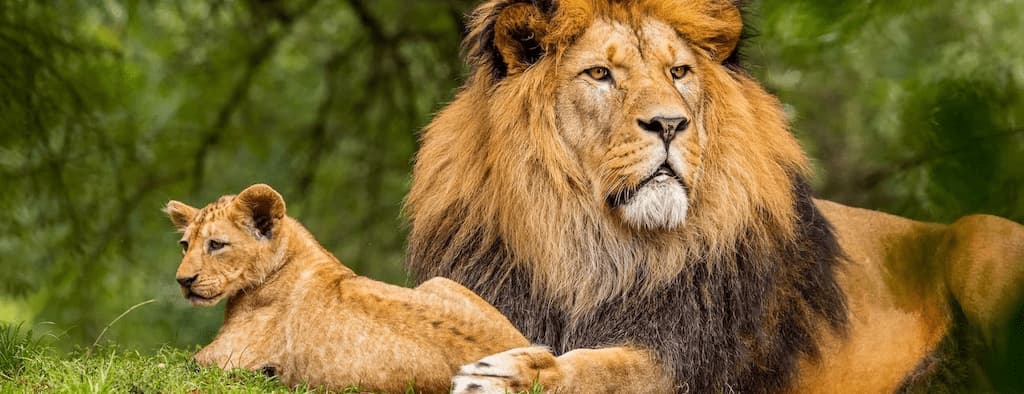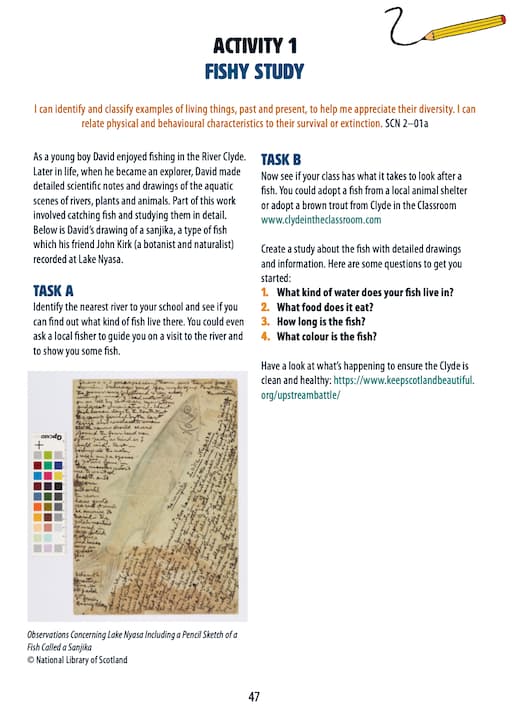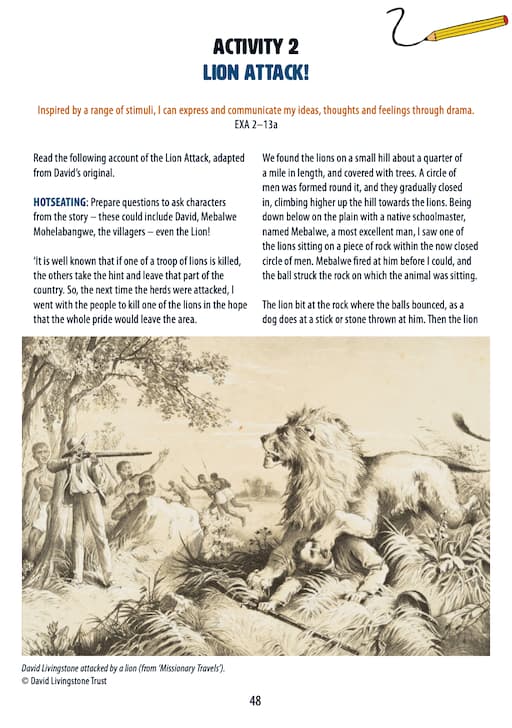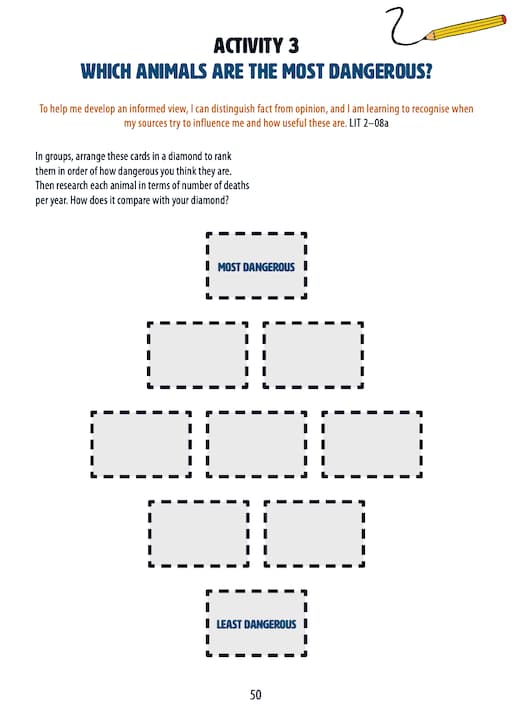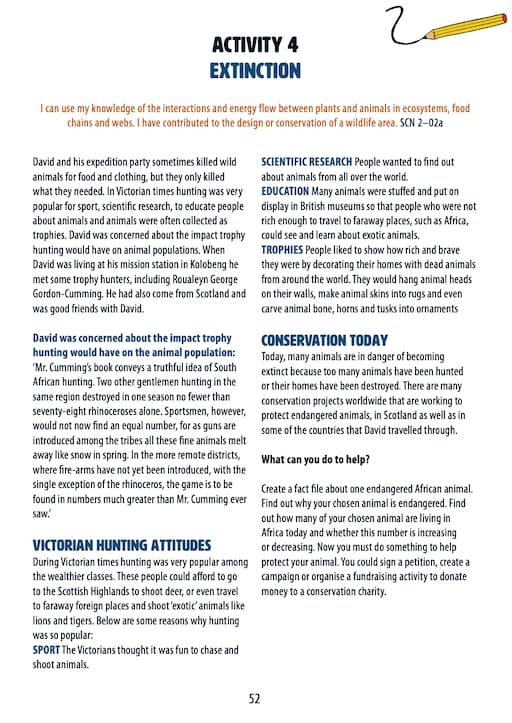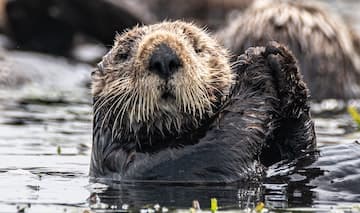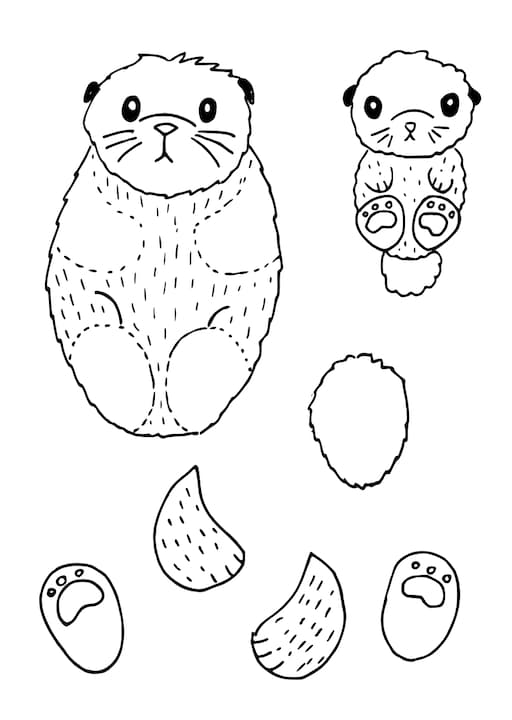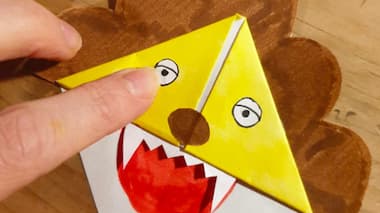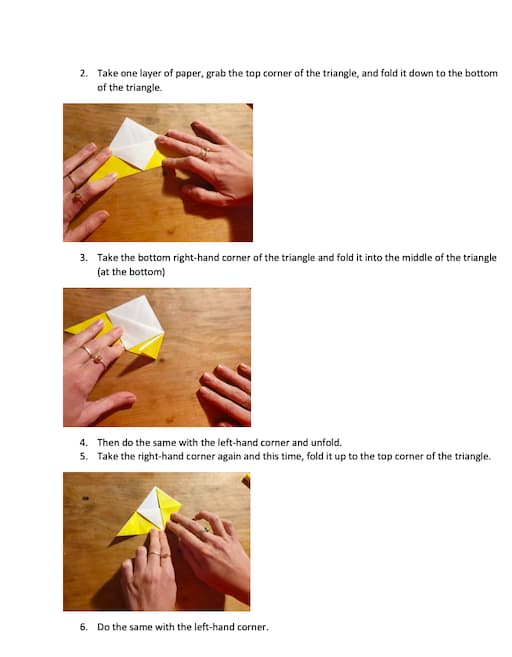Did you know that some species of otters are endangered? There are 13 different types of otter and they live all over the world.
In Scotland, we are most likely to see wild otters on the west coast and islands, and these are Eurasian Otters. There are around 10,300 of them in the UK and most of them live in Scotland. Their population has been gradually increasing for the last 25 years - which is great news.
Unfortunately, there are types of otter in other parts of the world which are endangered. Like sea otters, for example, which were hunted for their fur in the 19th century and nearly made extinct.
These days, they are under threat for many reasons: the fur trade, destruction of habitat, oil spills and fishing nets. They are found in Canada, Russia, Japan and the USA.
Use our template to make your own cuddling parent and baby otter. Just cut the shapes out and attach the arms and legs using paper fasteners – or with glue if you don’t have paper fasteners. Then colour them in and send us a picture.
Fun Facts About Sea Otters
- Unlike most marine mammals, sea otters don’t have a layer of blubber (fat) to keep them warm.
- Instead, they have the thickest coat in the animal kingdom: up to 150,000 strands of hair per square centimetre
- When otters sleep, they wrap themselves in sea weed and float in a group called a 'raft'.
- Sea otters sometimes use tools (like rocks and shells) to eat their food – very well mannered.
- A group of otters can be called a 'romp' or a 'bevy'.
To find out more about otters, check out the UK Wild Otter Trust website for some great educational material:
www.ukwildottertrust.org.
